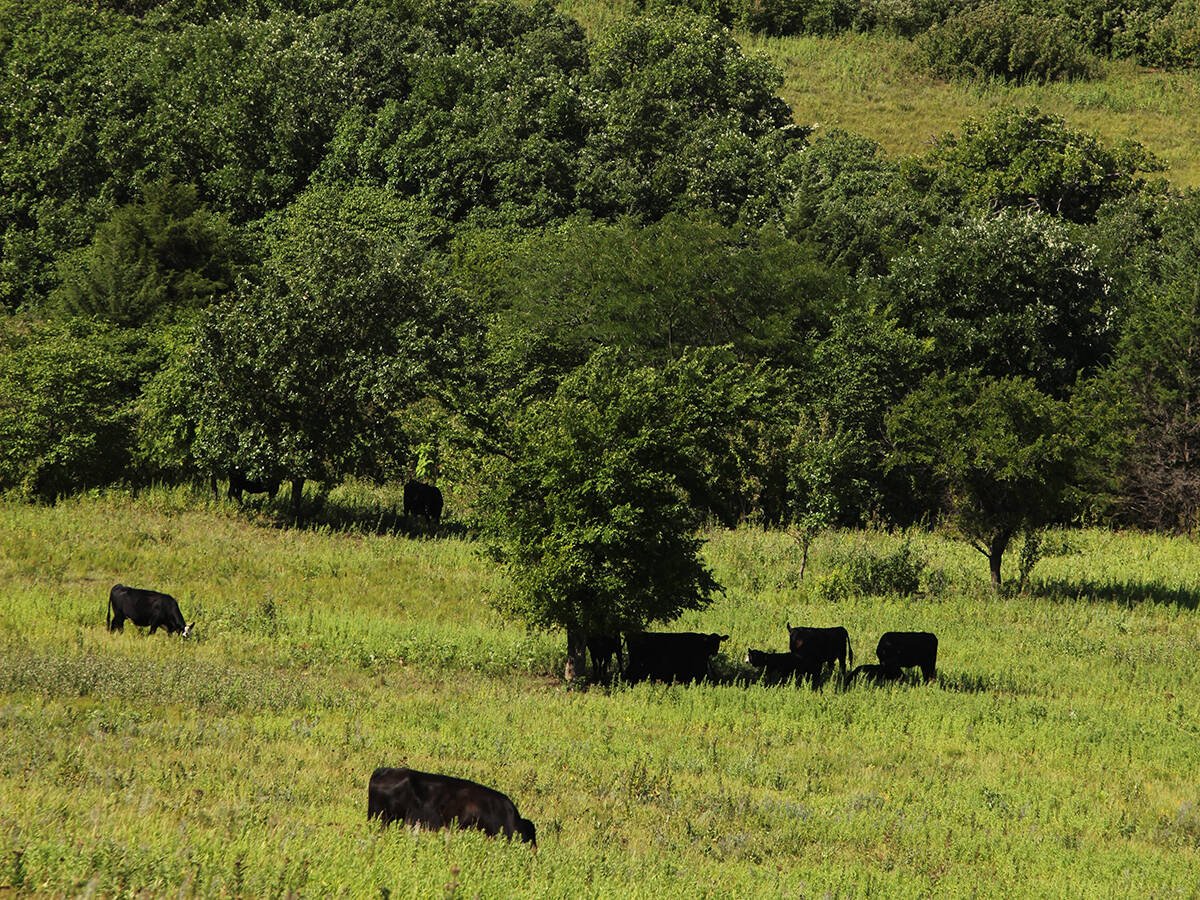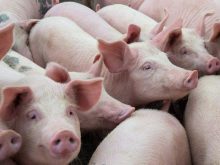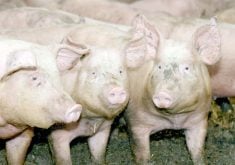LACOMBE, Alta. – Livestock and poultry feeds are not created equal.
A group of Alberta scientists is studying the variation in forage quality available to animals to figure out how fibre and starch are digested.
If feed can be matched more closely to the animal’s nutritional needs, farmers could theoretically get paid more for providing the right grain or silage, said Mary Lou Swift of Alberta Agriculture.
Swift and dairy nutrition researcher Masahito Oba talked about their discoveries at a recent crop field day held at Lacombe. Oba is based at the University of Alberta where a feeding trial with dairy cows is underway to measure feed intake and digestibility of various grains and forage.
Read Also

Beef cattle more prone to trace mineral deficiencies
The trace mineral status of our cows and calves is a significant challenge for western Canadian producers and veterinarians.
Scientists cannot recommend at this time the best varieties of barley, wheat, canola meal, dried distillers grain or forage, but they do know animals handle them differently.
Researchers hope to add the information to the national research council feed recommendations so producers using different varieties know what to expect.
Part of the three-year project involves collecting feed samples from across the Prairies to see how well starch and fibre found in each sample was digested in the rumen of cattle.
Some early work showed Trochu barley fed at different locations displayed wide variance in starch digestibility. One trial showed 20 percent of the starch digested in four hours, while another location showed the cattle extracted 70 percent of the starch in four hours. They are not sure why that variation happened.
Oba speculates because starch granules in the endosperm of the kernel are embedded in a protein matrix, it may be harder for the particular type of micro-organisms in the rumen to extract it.
“Insoluble protein is very resistant to microbial activity,” he said.
Starch degradability is important because it turns into energy for the animal in the form of glucose, which drives average daily gain and milk production.
This year the researchers are looking to buy average to poor samples of grain to assess feeding value. The samples need to weigh about 100 kilograms.
They are also looking at silage, which provides fibre, a necessary component of the dairy diet.
“When I look at the barley I try to look at it as a dairy cow might,” said Oba, who is looking for grains and fibres to produce more milk.
“Fibre is one of the most important quality parameters in terms of dairy production,” he said.
They know fibre digestibility in silage is 40-65 percent when grown in similar environments. If fibre digestibility hovers around 50-54 percent, the cow should produce an extra kilogram of milk per day.















